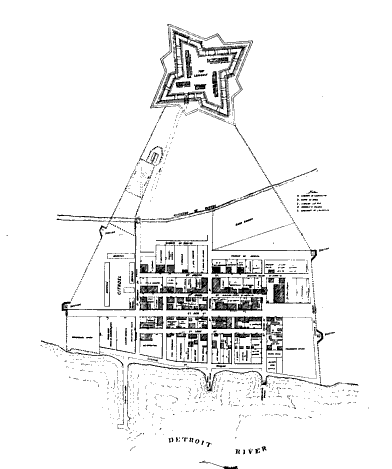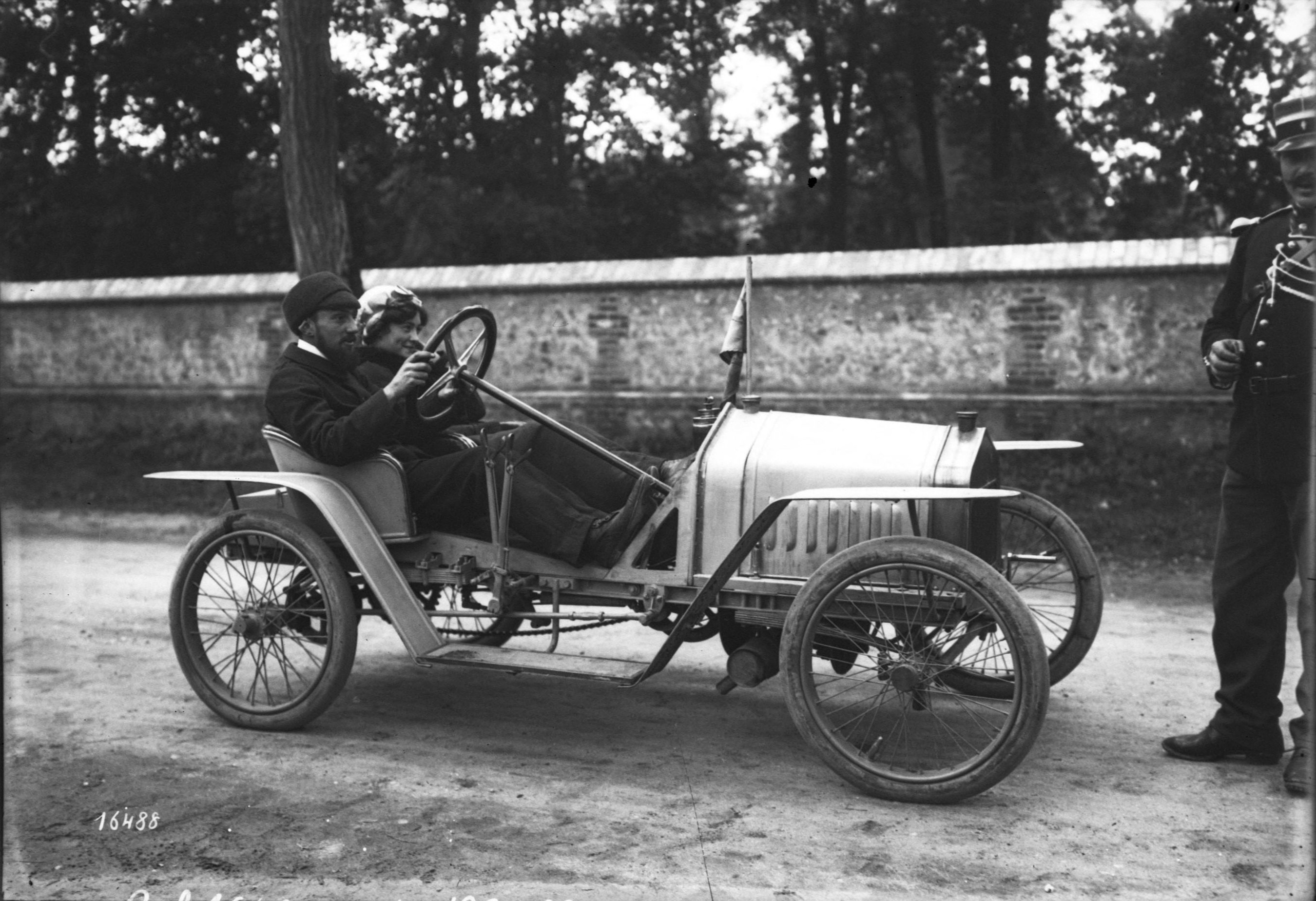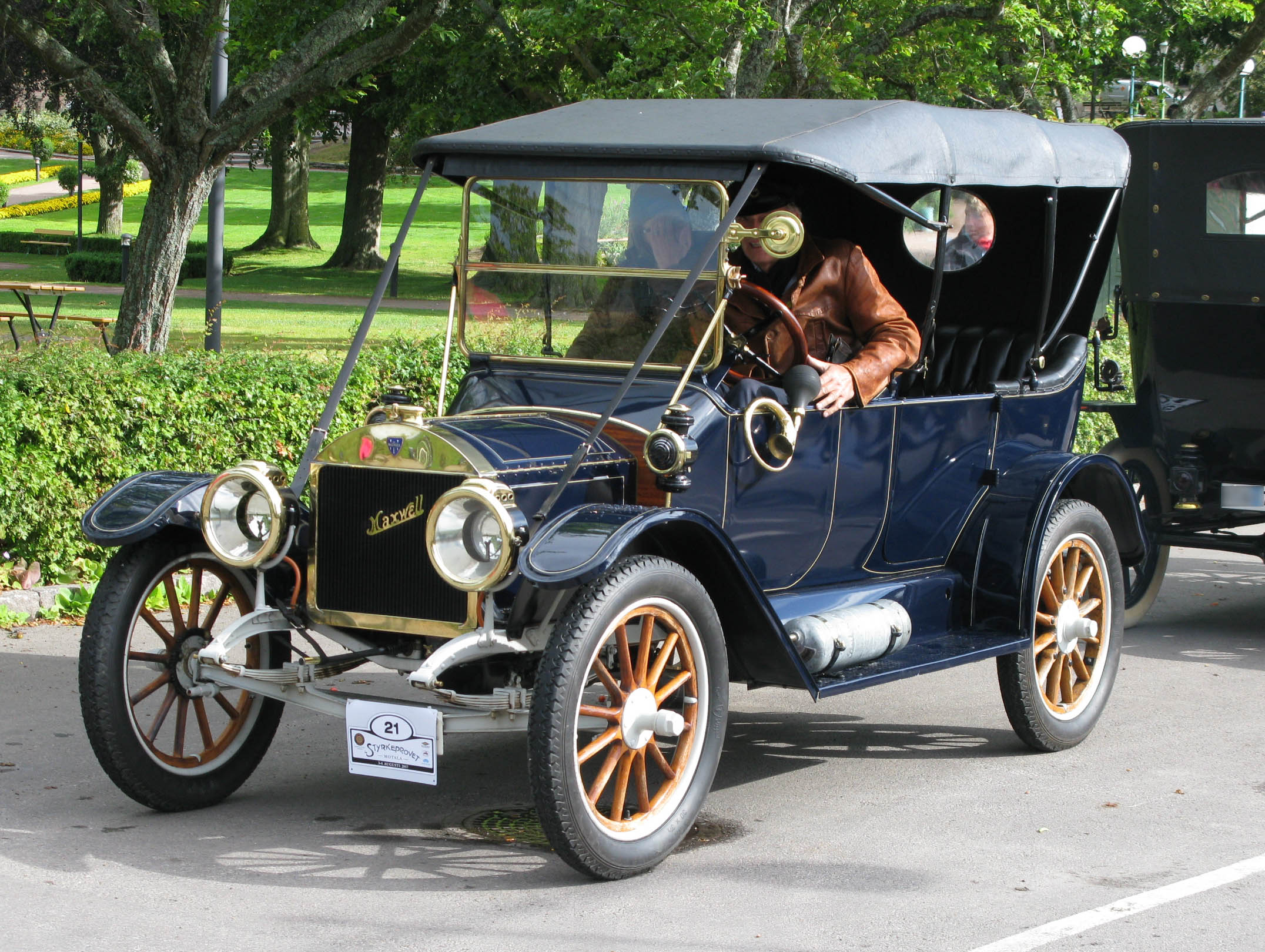|
Princess (US Automobile)
The Princess was an automobile built in Detroit, Michigan by the Princess Motor Car Company from 1914 until 1918. History The original Little Princess was a cyclecar that was altered into a light or small car and renamed the ''Princess''. It was powered by a 1.6-liter ''Farmer'' engine. In 1915, the company bought the Saxon The Saxons ( la, Saxones, german: Sachsen, ang, Seaxan, osx, Sahson, nds, Sassen, nl, Saksen) were a group of Germanic * * * * peoples whose name was given in the early Middle Ages to a large country (Old Saxony, la, Saxonia) near the Nor ... factory and began production of roadster and touring automobiles with a four-cylinder 24 hp ''G B & S'' engine. Prices were moderate at $775, {{Inflation, US, 775, 1917, fmt=eq. The company ceased production in 1918. References Defunct motor vehicle manufacturers of the United States Motor vehicle manufacturers based in Michigan Defunct manufacturing companies based in Michigan Brass Era vehicles ... [...More Info...] [...Related Items...] OR: [Wikipedia] [Google] [Baidu] |
1917 Princess Touring Ad
Events Below, the events of World War I have the "WWI" prefix. January * January 9 – WWI – Battle of Rafa: The last substantial Ottoman Army garrison on the Sinai Peninsula is captured by the Egyptian Expeditionary Force's Desert Column. * January 10 – Imperial Trans-Antarctic Expedition: Seven survivors of the Ross Sea party were rescued after being stranded for several months. * January 11 – Unknown saboteurs set off the Kingsland Explosion at Kingsland (modern-day Lyndhurst, New Jersey), one of the events leading to United States involvement in WWI. * January 16 – The Danish West Indies is sold to the United States for $25 million. * January 22 – WWI: United States President Woodrow Wilson calls for "peace without victory" in Germany. * January 25 ** WWI: British armed merchantman is sunk by mines off Lough Swilly (Ireland), with the loss of 354 of the 475 aboard. ** An anti-prostitution drive in San Francisco occu ... [...More Info...] [...Related Items...] OR: [Wikipedia] [Google] [Baidu] |
Detroit
Detroit ( , ; , ) is the largest city in the U.S. state of Michigan. It is also the largest U.S. city on the United States–Canada border, and the seat of government of Wayne County. The City of Detroit had a population of 639,111 at the 2020 census, making it the 27th-most populous city in the United States. The metropolitan area, known as Metro Detroit, is home to 4.3 million people, making it the second-largest in the Midwest after the Chicago metropolitan area, and the 14th-largest in the United States. Regarded as a major cultural center, Detroit is known for its contributions to music, art, architecture and design, in addition to its historical automotive background. '' Time'' named Detroit as one of the fifty World's Greatest Places of 2022 to explore. Detroit is a major port on the Detroit River, one of the four major straits that connect the Great Lakes system to the Saint Lawrence Seaway. The City of Detroit anchors the second-largest regional econ ... [...More Info...] [...Related Items...] OR: [Wikipedia] [Google] [Baidu] |
Little Princess (automobile)
The Little Princess was a cyclecar built in Detroit, Michigan, by the Princess Cyclecar Company from 1913–14. History The Little Princess was designed by Englishman C. J. Thornwell who had worked for Wolseley-Siddeley before coming to America. The cyclecar was powered by a four-cylinder 12 hp ''Farmer'' engine. A planetary transmission was used with a shaft drive A drive shaft, driveshaft, driving shaft, tailshaft (Australian English), propeller shaft (prop shaft), or Cardan shaft (after Girolamo Cardano) is a component for transmitting mechanical power and torque and rotation, usually used to connect ... making more substantial than chain driven cyclecars. The cyclecar was only sold in 1914 before the design was used to develop the Princess light car. References {{DEFAULTSORT:Little Princess (Automobile) Defunct motor vehicle manufacturers of the United States Motor vehicle manufacturers based in Michigan Cyclecars Defunct manufacturing companies based in De ... [...More Info...] [...Related Items...] OR: [Wikipedia] [Google] [Baidu] |
Cyclecar
A cyclecar was a microcar, type of small, lightweight and inexpensive Automobile, car manufactured in Europe and the United States between 1910 and the early 1920s. The purpose of cyclecars was to fill a gap in the market between the motorcycle and the car. A key characteristic was that it could only accommodate two passengers sitting tandem style or passenger behind the driver. The demise of cyclecars was due to larger cars – such as the Citroën Type C 5HP, Citroën Type C, Austin 7 and Morris Cowley – becoming more affordable. Small, inexpensive vehicles reappeared after World War II, and were known as microcars. Characteristics Cyclecars were propelled by engines with a Single-cylinder engine, single cylinder or V-twin engine, V-twin configuration (or occasionally a inline-four engine, four cylinder engine), which were often air-cooled. Sometimes motorcycle engines were used, in which case the motorcycle gearbox was also used. All cyclecars were required to ha ... [...More Info...] [...Related Items...] OR: [Wikipedia] [Google] [Baidu] |
Light Car
The term light car is used in Great Britain since the early part of the 20th century for an automobile less than 1.5 litres engine capacity. In modern car classification this term would be roughly equivalent to a subcompact car. There are numerous light car clubs in Britain and Australia. The current driving licence category B1 ("Light vehicles and quad bikes") in Great Britain covers motor vehicles with four wheels up to 400 kg unladen, or 550 kg if designed for carrying goods. This category does not exist in Northern Ireland; a full car licence is required for light cars and quad bikes there. The term light car was used in the 1910s and 1920s in the United States to describe a cyclecar that had been improved with conventional automobile components, but was not a classification. History A paragraph in the ''Autocar Handbook'', sixth edition (1914) states: It goes on to state: A specification for the light car was promulgated in 1912 by the ACU, by which engine ... [...More Info...] [...Related Items...] OR: [Wikipedia] [Google] [Baidu] |
Saxon Motor Car Company
The Saxon Motor Car Company was located in Detroit, Michigan, from 1914 to 1922. In 1917, 28,000 cars were made, making it the seventh largest car maker in the United States. History Hugh Chalmers of Chalmers Motor Car Company began the company to market a low priced volume car. The first Saxon was a 2-seat runabout with 2-speed transmission and a four-cylinder engine made by Ferro and built in the old Demotcar factory. 7,000 were made in the first year of production. The cost of a Saxon in 1913 was $395, . From 1913 to 1914, electric lighting was an extra option, which became a standard fitting to the car in 1915. Also available in 1915 was the Saxon Six, a five-passenger tourer, with a 30-35 hp (22-26 kW) Continental six-cylinder, electric starter and headlights, on a 112 in (2845 mm) wheelbase and 32×3½-inch (81×8.9 cm) wheels, all for $785, . In 1914 a Saxon roadster was driven 135 miles a day for 30 days, for a total of 4,050 miles with an a ... [...More Info...] [...Related Items...] OR: [Wikipedia] [Google] [Baidu] |
Roadster (automobile)
A roadster (also spider, spyder) is an open two-seat car with emphasis on sporting appearance or character. Initially an American term for a two-seat car with no weather protection, usage has spread internationally and has evolved to include two-seat convertibles. The roadster was also a style of racing car driven in United States Auto Club (USAC) Championship Racing, including the Indianapolis 500, in the 1950s and 1960s. This type of racing car was superseded by rear-mid-engine cars. Etymology The term "roadster" originates in the United States, where it was used in the 19th century to describe a horse suitable for travelling. By the end of the century, the definition had expanded to include bicycles and tricycles. In 1916, the United States Society of Automobile Engineers defined a roadster as: "an open car seating two or three. It may have additional seats on running boards or in rear deck." Since it has a single row of seats, the main seat for the driver and passe ... [...More Info...] [...Related Items...] OR: [Wikipedia] [Google] [Baidu] |
Touring Car
Touring car and tourer are both terms for open cars (i.e. cars without a fixed roof). "Touring car" is a style of open car built in the United States which seats four or more people. The style was popular from the early 1900s to the 1930s. The cars used for touring car racing in various series since the 1960s, are unrelated to these early touring cars, despite sharing the same name. "Tourer" is used in British English for any open car. The term "all-weather tourer" was used to describe convertibles (vehicles that could be fully enclosed). A popular version of the tourer was the torpedo, with the hood/bonnet line at the car's waistline giving the car a straight line from front to back. Touring car (U.S.) Design ''Touring car'' was applied in the U.S. to open cars (cars without a fixed roof, for example convertibles) that seat four or more people and have direct entrance to the tonneau (rear passenger area), although it has also been described as seating five or more people ... [...More Info...] [...Related Items...] OR: [Wikipedia] [Google] [Baidu] |
Horsepower
Horsepower (hp) is a unit of measurement of power, or the rate at which work is done, usually in reference to the output of engines or motors. There are many different standards and types of horsepower. Two common definitions used today are the mechanical horsepower (or imperial horsepower), which is about 745.7 watts, and the metric horsepower, which is approximately 735.5 watts. The term was adopted in the late 18th century by Scottish engineer James Watt to compare the output of steam engines with the power of draft horses. It was later expanded to include the output power of other types of piston engines, as well as turbines, electric motors and other machinery. The definition of the unit varied among geographical regions. Most countries now use the SI unit watt for measurement of power. With the implementation of the EU Directive 80/181/EEC on 1 January 2010, the use of horsepower in the EU is permitted only as a supplementary unit. History The development of the ... [...More Info...] [...Related Items...] OR: [Wikipedia] [Google] [Baidu] |
Defunct Motor Vehicle Manufacturers Of The United States
Defunct (no longer in use or active) may refer to: * ''Defunct'' (video game), 2014 * Zombie process or defunct process, in Unix-like operating systems See also * * :Former entities * End-of-life product An end-of-life product (EOL product) is a product at the end of the product lifecycle which prevents users from receiving updates, indicating that the product is at the end of its useful life (from the vendor's point of view). At this stage, a ... * Obsolescence {{Disambiguation ... [...More Info...] [...Related Items...] OR: [Wikipedia] [Google] [Baidu] |
Motor Vehicle Manufacturers Based In Michigan
An engine or motor is a machine designed to convert one or more forms of energy into mechanical energy. Available energy sources include potential energy (e.g. energy of the Earth's gravitational field as exploited in hydroelectric power generation), heat energy (e.g. geothermal), chemical energy, electric potential and nuclear energy (from nuclear fission or nuclear fusion). Many of these processes generate heat as an intermediate energy form, so heat engines have special importance. Some natural processes, such as atmospheric convection cells convert environmental heat into motion (e.g. in the form of rising air currents). Mechanical energy is of particular importance in transportation, but also plays a role in many industrial processes such as cutting, grinding, crushing, and mixing. Mechanical heat engines convert heat into work via various thermodynamic processes. The internal combustion engine is perhaps the most common example of a mechanical heat engine, in whic ... [...More Info...] [...Related Items...] OR: [Wikipedia] [Google] [Baidu] |
Defunct Manufacturing Companies Based In Michigan
{{Disambiguation ...
Defunct (no longer in use or active) may refer to: * ''Defunct'' (video game), 2014 * Zombie process or defunct process, in Unix-like operating systems See also * * :Former entities * End-of-life product * Obsolescence Obsolescence is the state of being which occurs when an object, service, or practice is no longer maintained or required even though it may still be in good working order. It usually happens when something that is more efficient or less risky r ... [...More Info...] [...Related Items...] OR: [Wikipedia] [Google] [Baidu] |








